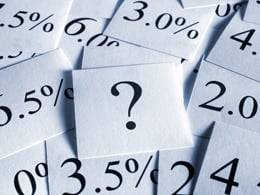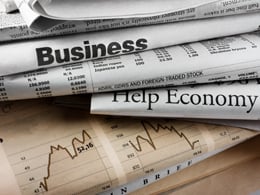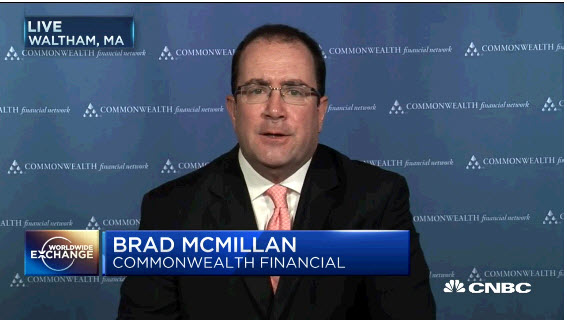It was less than two months ago—58 days to be exact—that I last wrote about stock market records. At that point, I noted that the market was at record highs, with the Dow Jones Industrial Average having crossed 19,000 and the S&P 500 above 2,200. And here we are again, with the Dow over 20,000 and the S&P over 2,300. Has anything changed?














